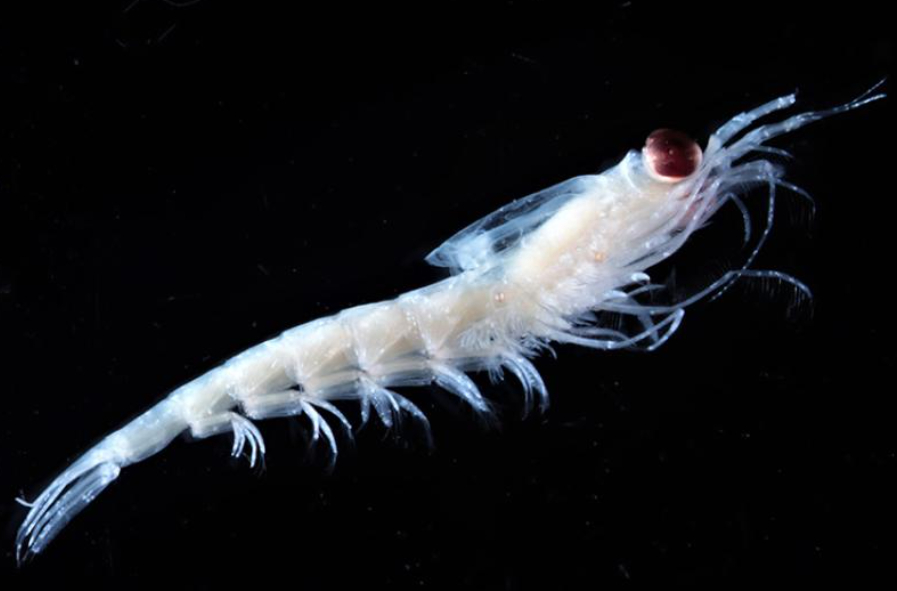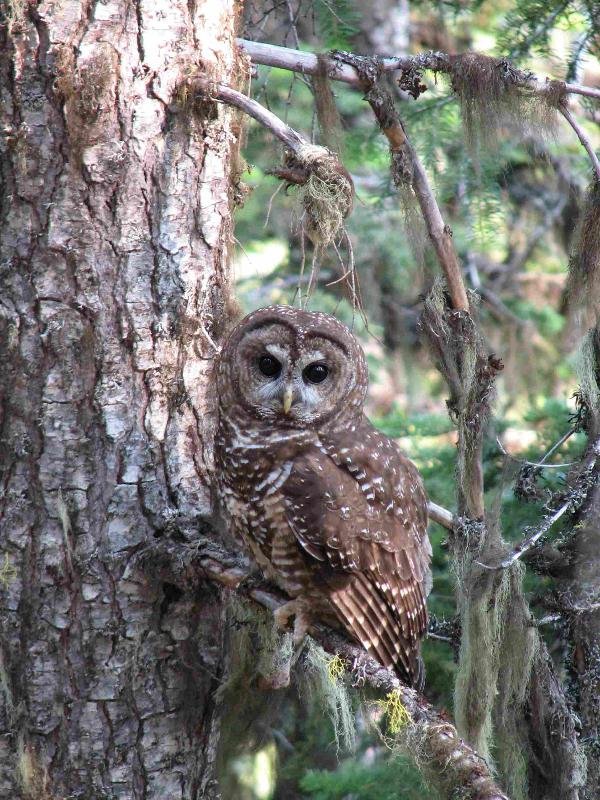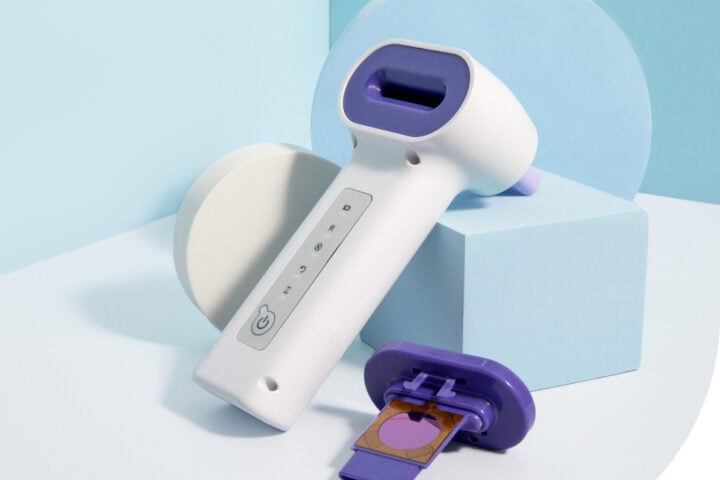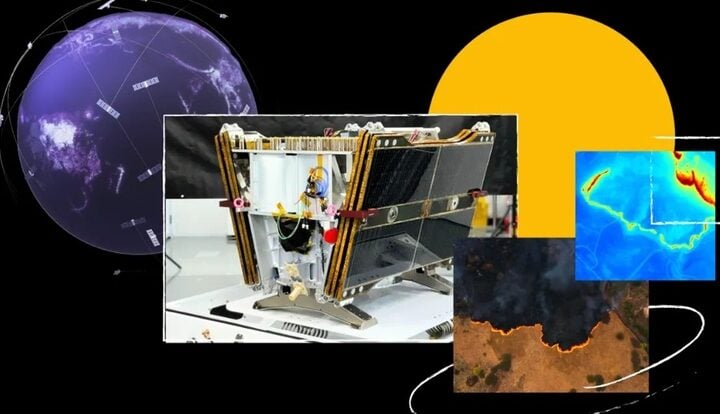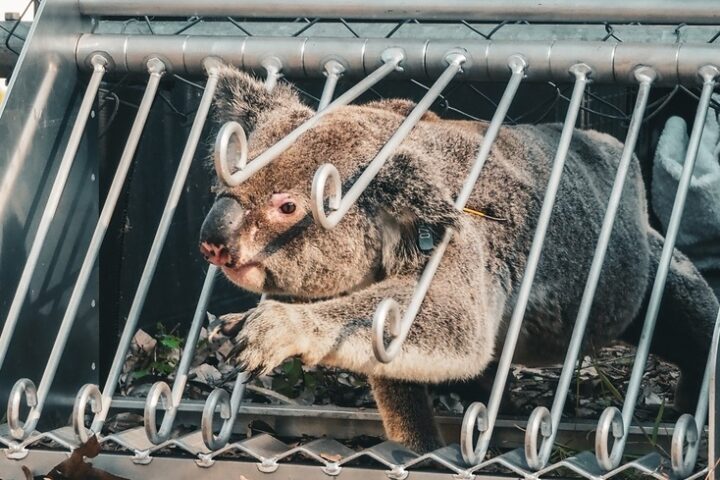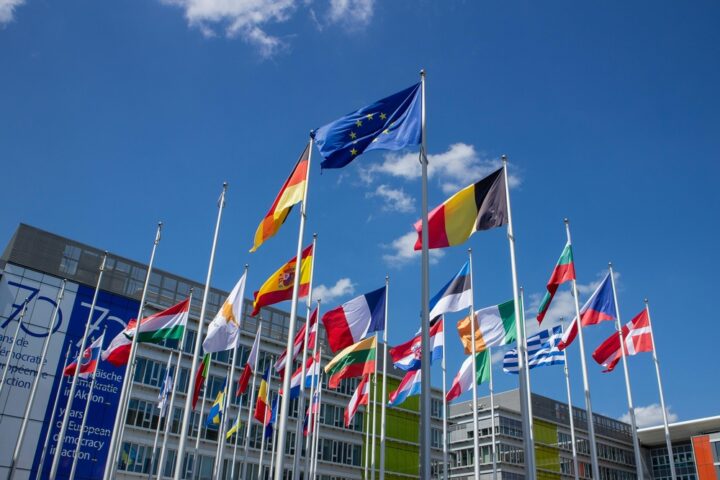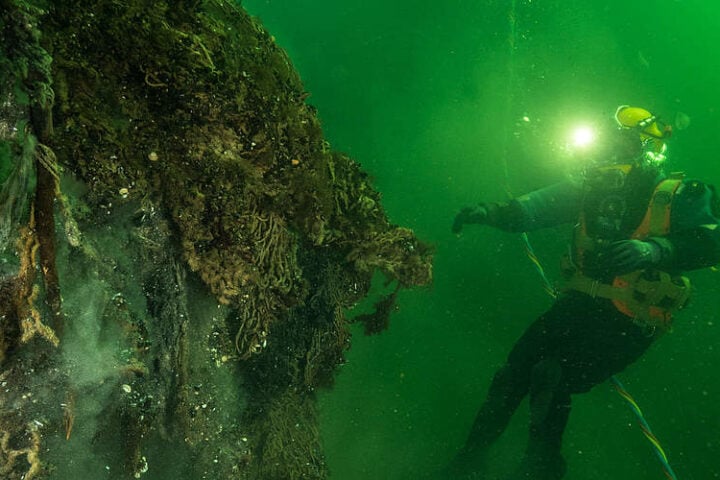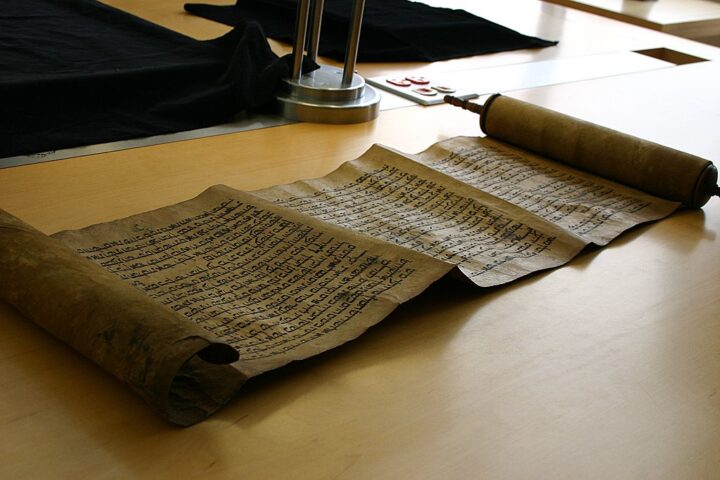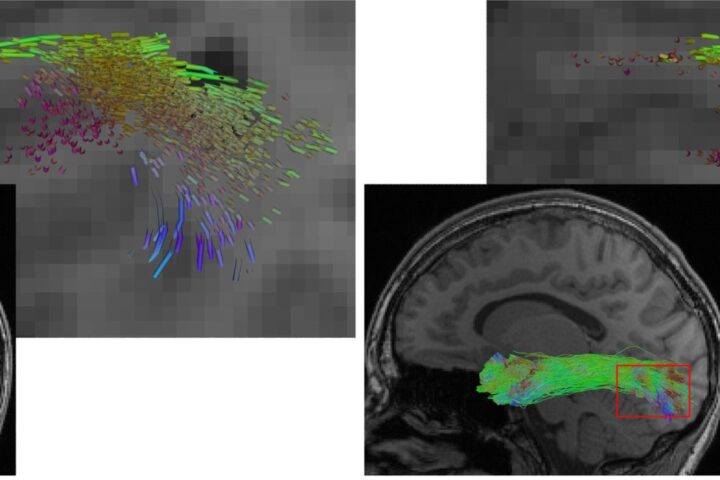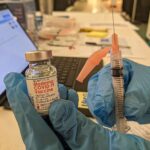When COVID-19 shut down regular ocean research in 2020, scientists found a clever solution. They sent three robot boats, called saildrones, to do the job of tracking tiny shrimp-like animals called krill in Alaska’s Bering Sea. These krill might be small, but they’re the backbone of Alaska’s fishing industry – feeding fish, seabirds, and marine mammals throughout the region.
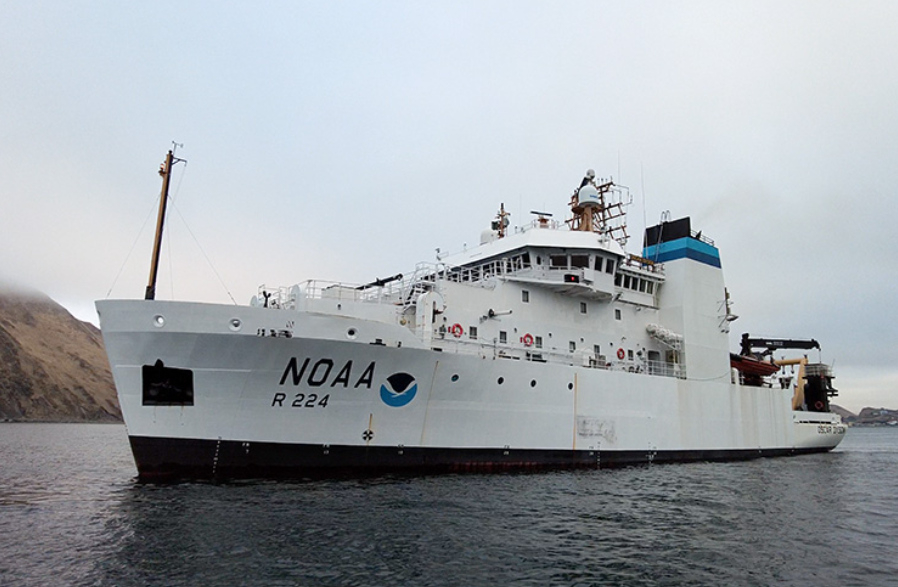
Think of krill counting like taking inventory at a warehouse. Usually, scientists use big research ships with specific sonar frequencies (18, 38, 70, 120, and 200 kHz) – like having five different ways to measure items. But the robot boats only had two frequencies to work with.
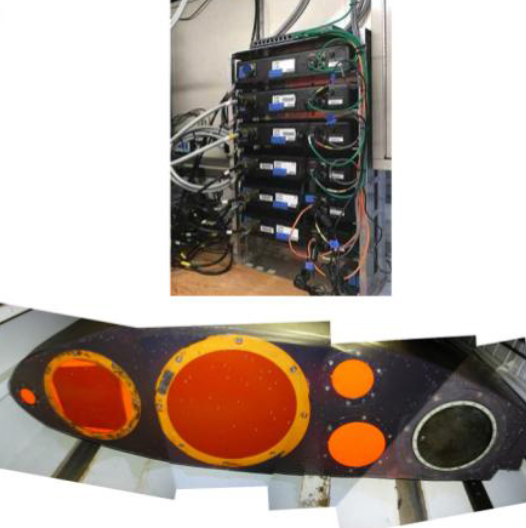
“The big challenge we faced was that we had less informative acoustic data available than we did from our NOAA research vessel,” says Mike Levine, who led the study at the Alaska Fisheries Science Center.
To solve this problem, scientists taught computers to recognize krill using past data from ship surveys. It’s similar to how computers learn patterns from examples – the more data they analyze, the better they get at identification.
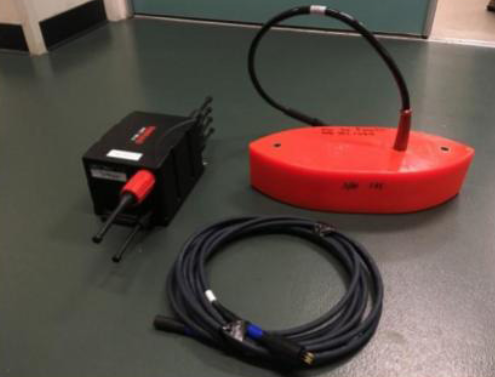
This matters because krill have been tracked in the Bering Sea since 2004, helping fishery managers make decisions that affect the fishing industry. Breaking this continuous record of data would have left a crucial gap in understanding ecosystem status and prey availability.
The robot boats proved surprisingly good at the job. But there’s a catch, explains fisheries biologist Alex De Robertis: “We really need to be able to do direct sampling or we could miss long-term changes in krill size, species composition, or range.”
Similar Posts
Recent findings make this work even more urgent. Scientists have found that krill numbers in the North Atlantic have dropped by half. While this decline is in a different ocean, it shows why keeping track of krill matters.
The Bering Sea work is especially important because it’s home to America’s biggest volume fishery – walleye pollock. These fish depend on krill for food. When krill numbers change, it affects everything from fish populations to fishing industry operations.
This research shows how new technology can help during unexpected problems like pandemics. The combination of robot boats and smart computer programs means scientists can keep tracking ecosystem health even when they can’t send out regular research ships.
For the scientific community, this work opens new doors. The computer method they used – called a random forest algorithm – worked so well that other scientists might use it to solve similar problems in ocean research.
